Question:1
“The law doesn’t prohibit driving under the influence of (prohibited) intoxicating drugs”:
Category : Rules and Regulations
Question:2
What does the following road marking (double yellow broken line) indicate?
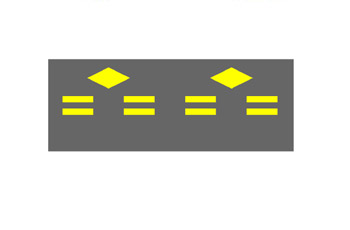
Category : Traffic Signs
Question:3
What is a “booster seat”?
Category : Rules and Regulations
Question:4
What is the duty of a driver after sensing that some of the freight he is carrying had fallen-onto the roadway
Category : Rules and Regulations
Question:5
What is the meaning of the following road marking?
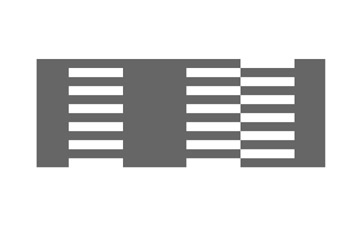
Category : Traffic Signs
Question:6
Is it permitted to repair a vehicle on the road?
Category : Rules and Regulations
Question:7
How can we overcome the problem of tiredness while driving?
Category : Safety
Question:8
Where would you stop when the traffic light in the intersection ahead displays a red light?
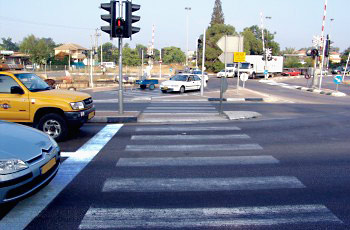
Category : Traffic Signs
Question:9
What action can be taken by a policeman when he finds that a commercial vehicle has an excessive cargo weight?
Category : Rules and Regulations
Question:10
What reason justifies an unexpected pull from the roadway into the “hard shoulder”?
Category : Safety
Question:11
What is the meaning of the following traffic sign?
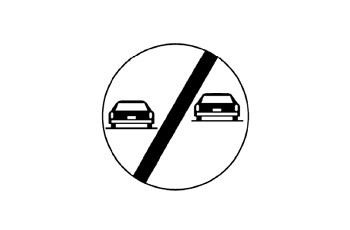
Category : Traffic Signs
Question:12
What is the meaning of the following traffic sign?
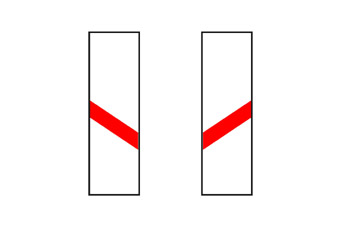
Category : Traffic Signs
Question:13
What is a “Tachograph”?
Category : Rules and Regulations
Question:14
For what period is a carrier license given?
Category : Rules and Regulations
Question:15
When the following road sign is placed:
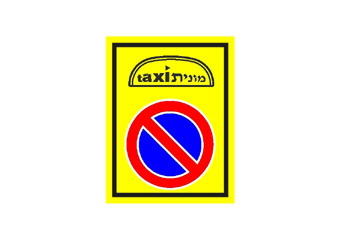
Category : Traffic Signs
Question:16
What is the meaning of the following traffic sign?
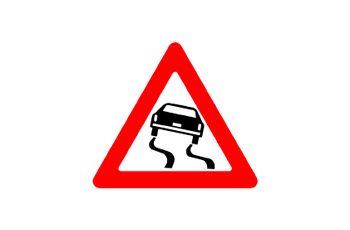
Category : Traffic Signs
Question:17
What is the meaning of the following traffic sign?
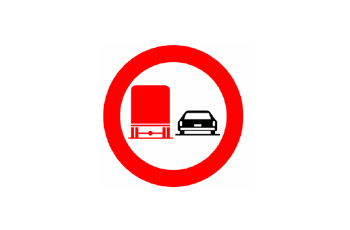
Category : Traffic Signs
Question:18
When driving on a two-way road and visibility is poor:
Category : Rules and Regulations
Question:19
Who is allowed to drive against traffic in a one-way street?
Category : Rules and Regulations
Question:20
When is it forbidden to overtake, or to try overtaking, another vehicle?
Category : Rules and Regulations
Question:21
Which class of license is required to drive a motor vehicle with an overall permissible weight of up to 3,500kg?
Category : Rules and Regulations
Question:22
Is it permitted to make a right U-turn where the following road sign is placed?
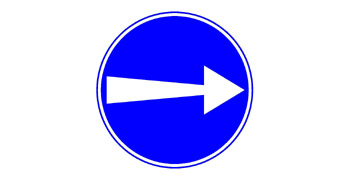
Category : Traffic Signs
Question:23
Is it permitted to drive under the influence of sedatives?
Category : Rules and Regulations
Question:24
On which part of a road should a cyclist ride?
Category : Rules and Regulations
Question:25
When parking a vehicle, is it necessary to operate the parking brake (handbrake)?
Category : Safety
Question:26
When are you required to check engine oil level?
Category : Know Your Vehicle
Question:27
You are driving a commercial vehicle and come across this traffic sign:

Category : Traffic Signs
Question:28
If traffic sign 118 is placed at an intersection, which sign should be placed about 150 meters before the intersection?

Category : Traffic Signs
Question:29
When are you required to turn on the direction indicators and signal?
Category : Rules and Regulations
Question:30
According to the traffic sign that is placed at the bus station, parking at the bus station is permitted on Saturdays and holidays:
Category : Rules and Regulations

